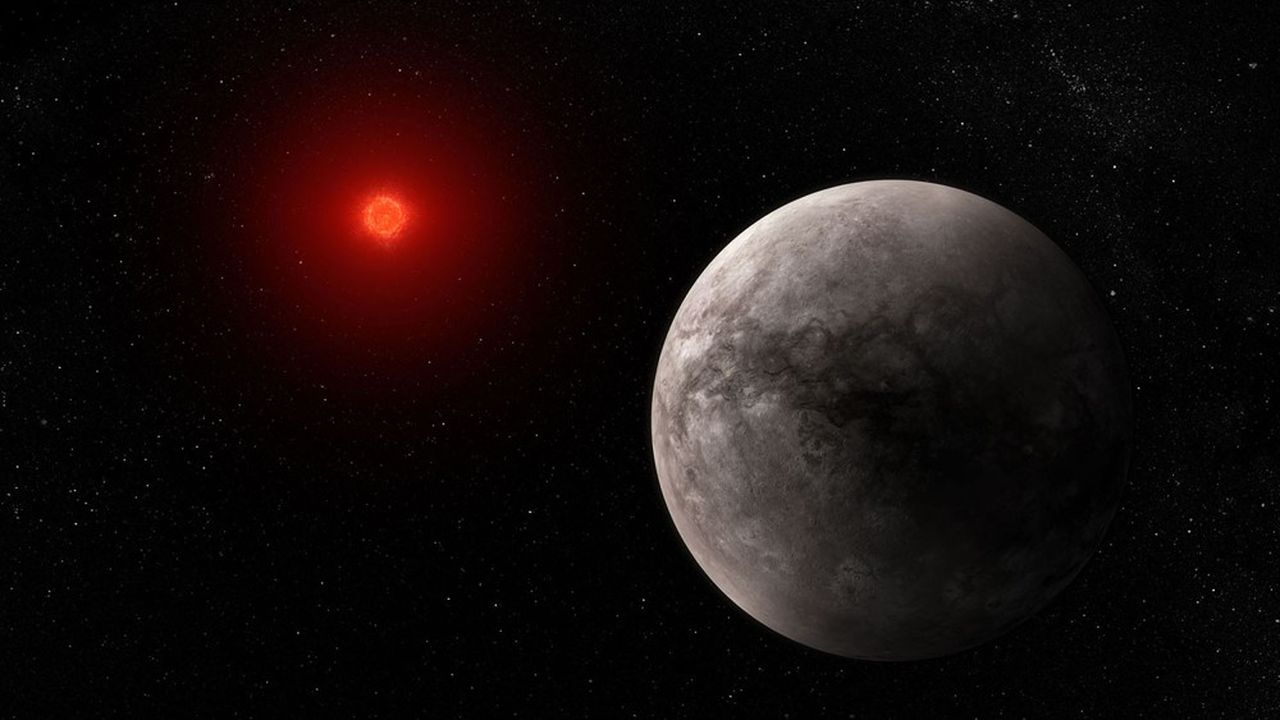
NASA’s Ultra-Powerful Space Telescope, the first great thing to be credited to James Webb, began its observations last July. Thanks to one of his instruments, the Mirim imager designed on this side of the Atlantic, in France, by the CEA, James-Webb was able for the first time to detect the light emitted by an exoplanet. A rock similar in size to Earth’s As described in a NASA press release . The exoplanet in question is called Trappist-1b; It is part of a rich system of seven terrestrial planets orbiting the star Trappist-1, a small red dwarf (its radius and mass are about 11.5% and 8% that of the Sun, respectively) located 40 light-years from Earth, near the constellation. Aquarius.
Like Earth, Trappist-1b, being heated by its star, emits very weak infrared radiation into space. It was this almost imperceptible radiation that made Merry, James Webb’s only mid-infrared camera, sensitive. More precisely, the teams responsible for these observations—including, in France, researcher Elsa Ducrot of the CEA—used a technique called “photometry of secondary eclipses.” When a planet passes behind its star and thus obscures it (the secondary eclipse), the infrared radiation disappears, slightly reducing the total amount of light emitted by the system (the star and planets). The amount of light for the studied planet, extrapolated by subtraction, is very informative.





